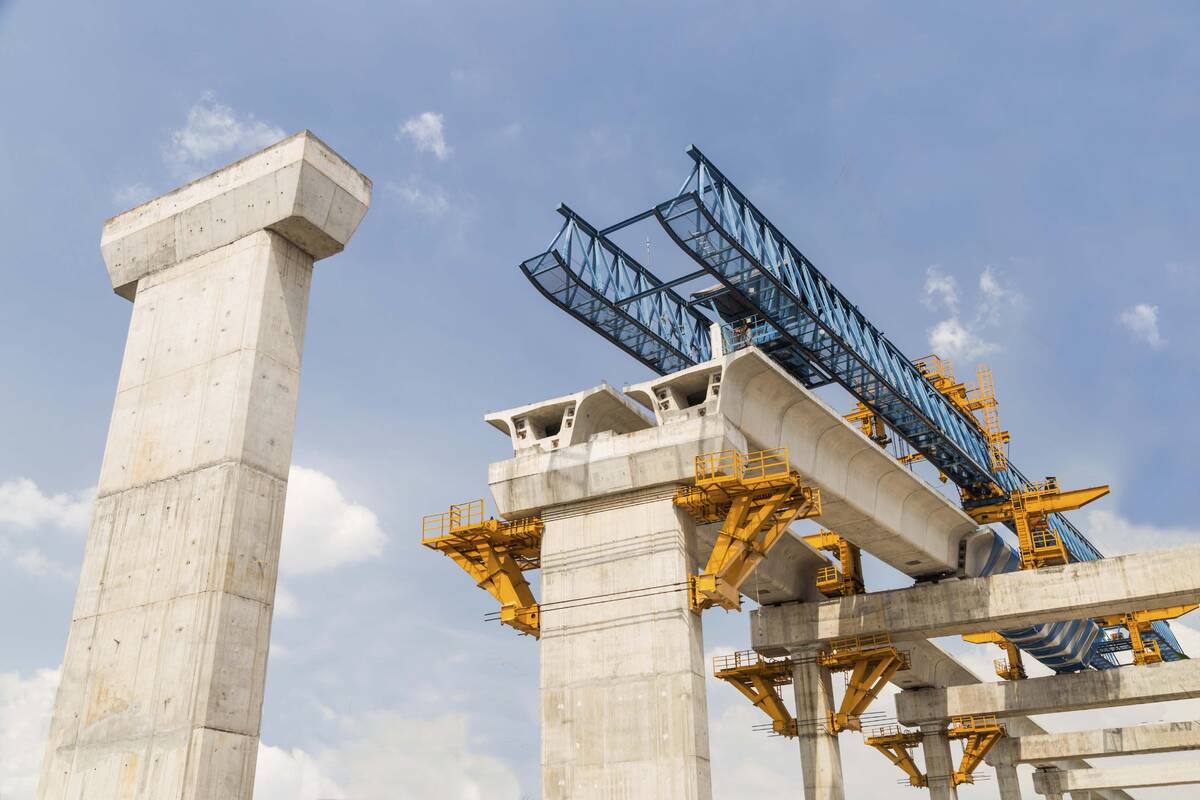
ThamKC via iStock
It’s no secret that the United States has an infrastructure problem. Highways are in disrepair, airports are underwhelming, and tens of thousands of bridges are considered structurally deficient. The American Society of Civil Engineers has given the country a D+.
For David Besanko, a professor of strategy at the Kellogg School, this is not just an issue for public policy wonks and politicians—it is something future business leaders should worry about as well. In fact, some might consider partnering with the public sector to fund major projects.
“Infrastructure is a vitally important component of a nation’s balance sheet,” he says, “and there’s no doubt we need more investment.” In fact, the nation will need to spend twice as much on highways just to receive a B—the grade experts say will keep it safe and serve its needs.
Decades of complacency around funding have led to a trillion-dollar infrastructure-funding gap. So where will this investment come from? The American public has little appetite for fees or tolls, and Congress has so far failed to come up with a viable long-term solution. The gas tax has remained at 18.4 cents per gallon since 1993. In addition, the public is more skeptical of federally funded projects. In part, this is a marketing problem: few can name the thousands of federal projects that have turned out well, but everyone remembers the Bridge to Nowhere.
“The backlash against national funding of projects has been disproportionate,” Besanko says. “Yes, there were abuses, but those abuses constituted a small percentage of overall spending. Big projects still require large amounts of money.”
Given the fiscal and political restraints on public funding, ambitious public works projects like the Interstate Highway System appear to be a thing of the past. Which means the private sector may have a significant role to play in the future.
“When it comes to investing in infrastructure, the public-private partnership (PPP) model has a lot of potential,” he says. “But it needs to be done wisely and it has to serve the public’s interest. That’s the challenge we face today.”
The Benefits of the PPP Model
There are several benefits of funding projects through public-private partnerships. One is that it provides access to large amounts of up-front capital. “Many states have constraints on their ability to raise taxes or borrow money, and PPP projects can relax those constraints,” Besanko says. For example, a company might offset the price of a given highway in exchange for a license to run the rest stops along a particular corridor.
These partnerships might also lead to faster construction and better maintenance. Evidence from the World Bank suggests that PPP projects are more often completed on time than projects funded entirely by governments. And when private companies are responsible for not just the design and construction of a project but also its operation and maintenance, results tend to be more positive.
“You’re likely to design the project better if you know you’ll be responsible for maintaining that project for 30 years,” Besanko says. “This is in contrast to the traditional public model where you have a design firm and a construction firm responsible for engineering up front, and then there is a government agency responsible for maintenance.”
You’re likely to design the project better if you know you’ll be responsible for maintaining that project for 30 years.
“This Isn’t Free Money”
There are, however, major constraints to PPP projects in the U.S. in particular, which is why they are more often seen cropping up in other parts of the world. The first constraint has to do with America’s municipal bond market. Because that market is so well developed—and because the bonds themselves are tax exempt—city and state governments do not always have an incentive to utilize PPPs. Meanwhile, only half of U.S. states even allow PPP projects in the first place, and only a handful have offices ready to handle the logistics of such projects.
Moreover, even when PPP projects come to fruition, they may not represent a panacea for U.S. infrastructure woes.
“This isn’t free money. If a consortium of private companies funds a project, they are going to expect a return on that investment, and there will have to be some mechanism by which the company earns that return,” Besanko says.
One approach is to introduce a toll or fee-for-service system, but tolls are highly unpopular. Another option involves what is called an “availability fee.” For example, if a city wants to expand its highway system, the municipal government will provide a monthly fee to the private party. Either way, taxpayers end up paying for the road. “It’s possible this could be a source of cost savings,” Besanko says. “But it’s certainly not a guarantee.”
And, of course, PPP models will only work if they are fully transparent; otherwise, local or state governments could “partner” with any company they deem politically favorable. According to Besanko, one way to avoid such cronyism is to do what the Canadian province of Ontario has done: create a website with links to all the relevant documentation for every project being proposed.
“If cronyism became a problem, it would really undermine confidence in this model,” Besanko says. “A consortium of private companies coming in and building roads already seems anathema to people’s idea of a public works project, so governments would have to get this right.”
Driving Innovation
“We don’t often hear the terms ‘infrastructure’ and ‘innovation’ used together,” Besanko says. “But there’s actually a lot of innovation occurring in this space. And one of the things the private sector can do, in addition to unlocking capital, is help drive that innovation.”
Of course, the private sector cannot update the country’s infrastructure alone. PPP projects can only help drive innovation if the public sector is willing to make some investments.
Consider the rise of smart city technologies, which would enable traffic signals to be updated in real time, or automatic train controls to help make Amtrak trains more secure, or air-traffic control systems to greatly reduce airport delays. These technologies are available, but the funding is not, and neither is the willingness to replace certain legacy systems.
“Ultimately the public is going to have to make a greater investment,” Besanko says. “This has always been the struggle. People forget the interstate highway bill barely made it through Congress in 1956. So we shouldn’t kid ourselves about the ease of getting these things done.”



